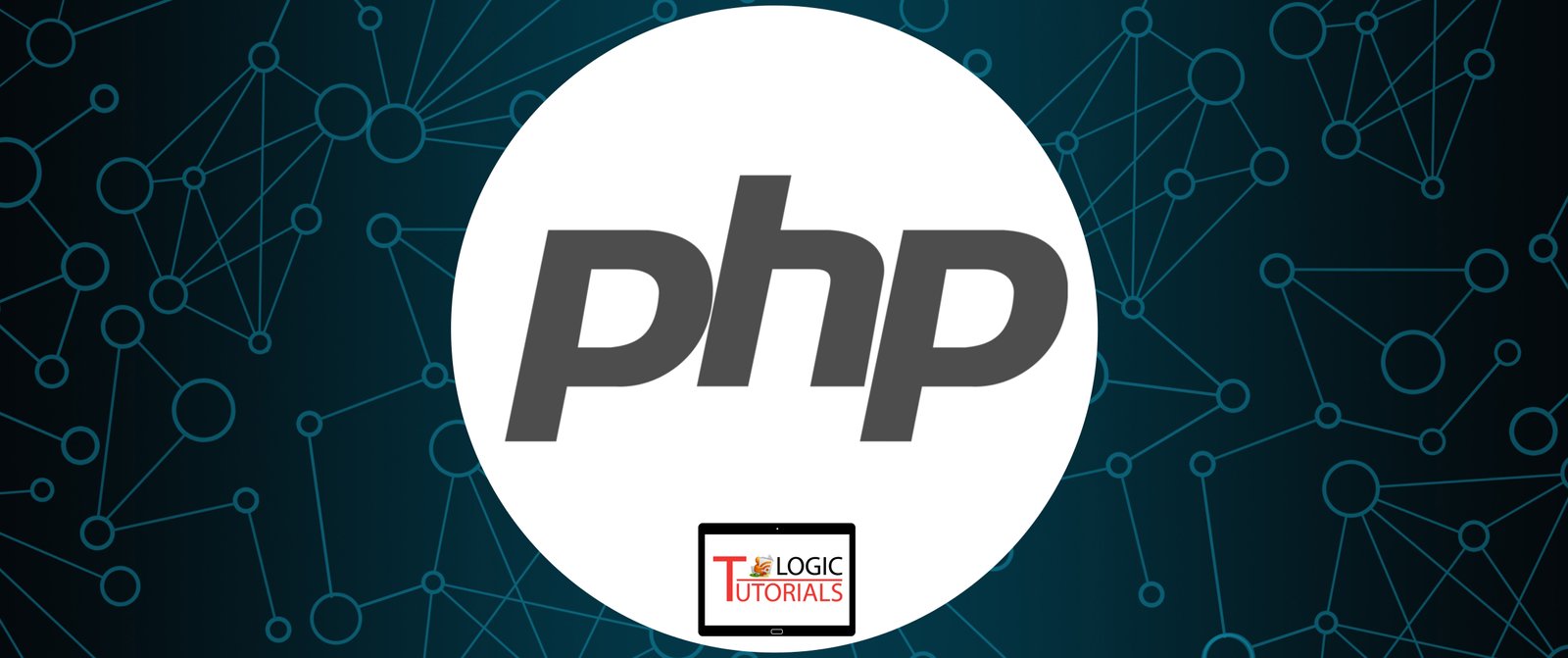

The libraries our implementation depends on are added to the dependencies section of the pom.xml file in the following way: 1.3.176

This command will create the following structure in the file system: |- src We will use the following libraries/environments:Īs a first step we will create a simple maven project on the command line: mvn archetype:create -DgroupId= -DartifactId=hibernate In this tutorial we are going through different aspects of the framework and will develop a simple Java SE application that stores and retrieves data in/from a relational database. As these queries are translated at runtime into the currently used dialect of the chose product, queries formulated in HQL are independent from the SQL dialect of a specific vendor.
#Hibernate tutorial how to#
Object-relational metadata: The information how to map the entities to the relational database is either provided by annotations (since Java 1.5) or by legacy XML-based configuration files.Entities: The classes that are mapped by Hibernate to the tables of a relational database system are simple Java classes (Plain Old Java Objects).Hibernate consists of three different components: As another article of the Ultimate series already addresses the JPA, this article focuses on Hibernate and therefore does not use the JPA annotations but rather the Hibernate specific configuration files. JPA is a vendor independent specification for mapping Java objects to the tables of relational databases. Hibernate is also a JPA provider, that means it implements the Java Persistence API (JPA).
#Hibernate tutorial code#
This allows using the same Java code with different database products without the need to write code that handles the subtle differences between the supported products. With the help of an ORM framework the work to store data from object instances in memory to a persistent data store and load them back into the same object structure becomes significantly easier.Īt the same time ORM solutions like Hibernate aim to abstract from the specific product used to store the data.

It allows developers to map the object structures of normal Java classes to the relational structure of a database. Hibernate is one of the most popular Object/Relational Mapping (ORM) framework in the Java world.


 0 kommentar(er)
0 kommentar(er)
